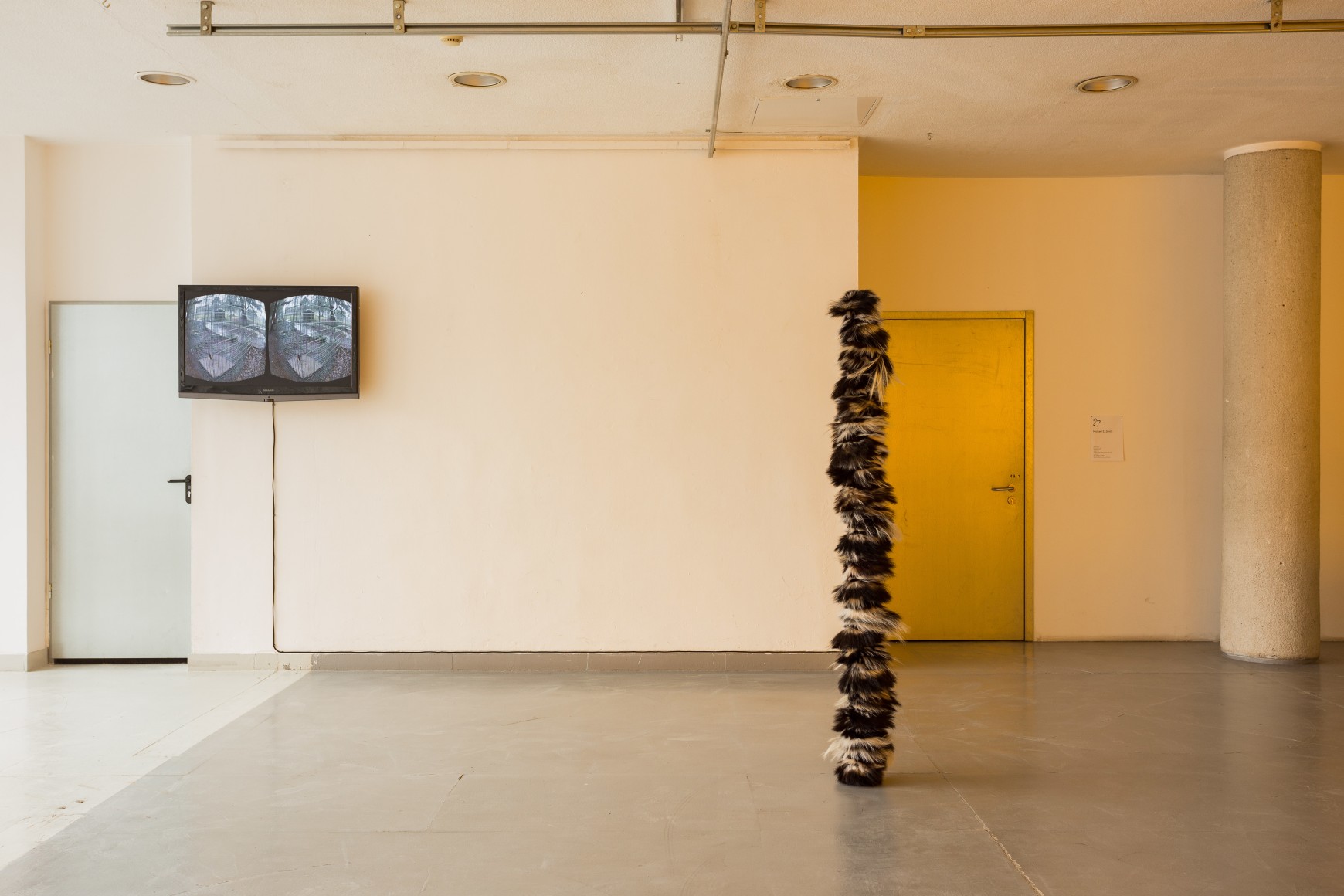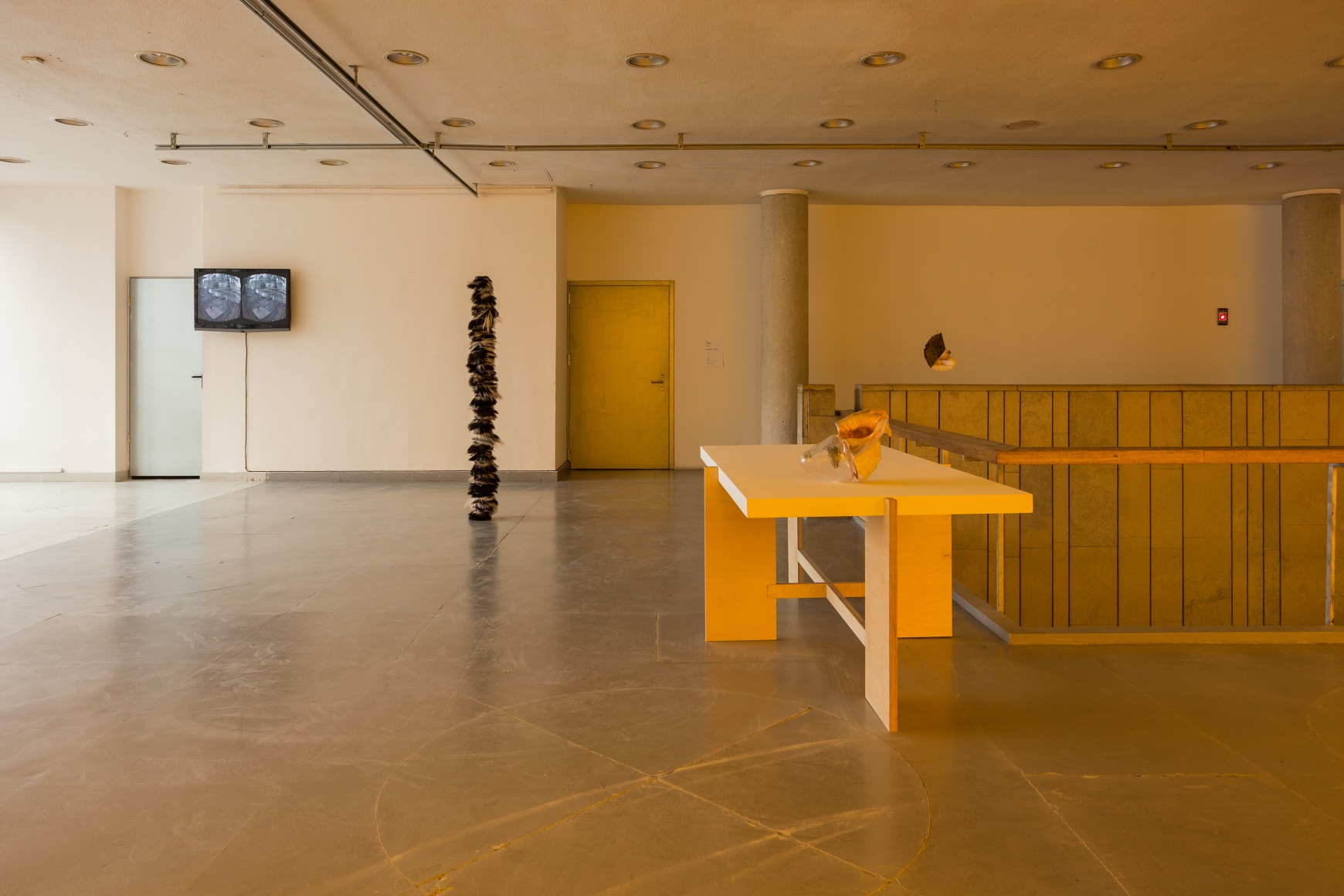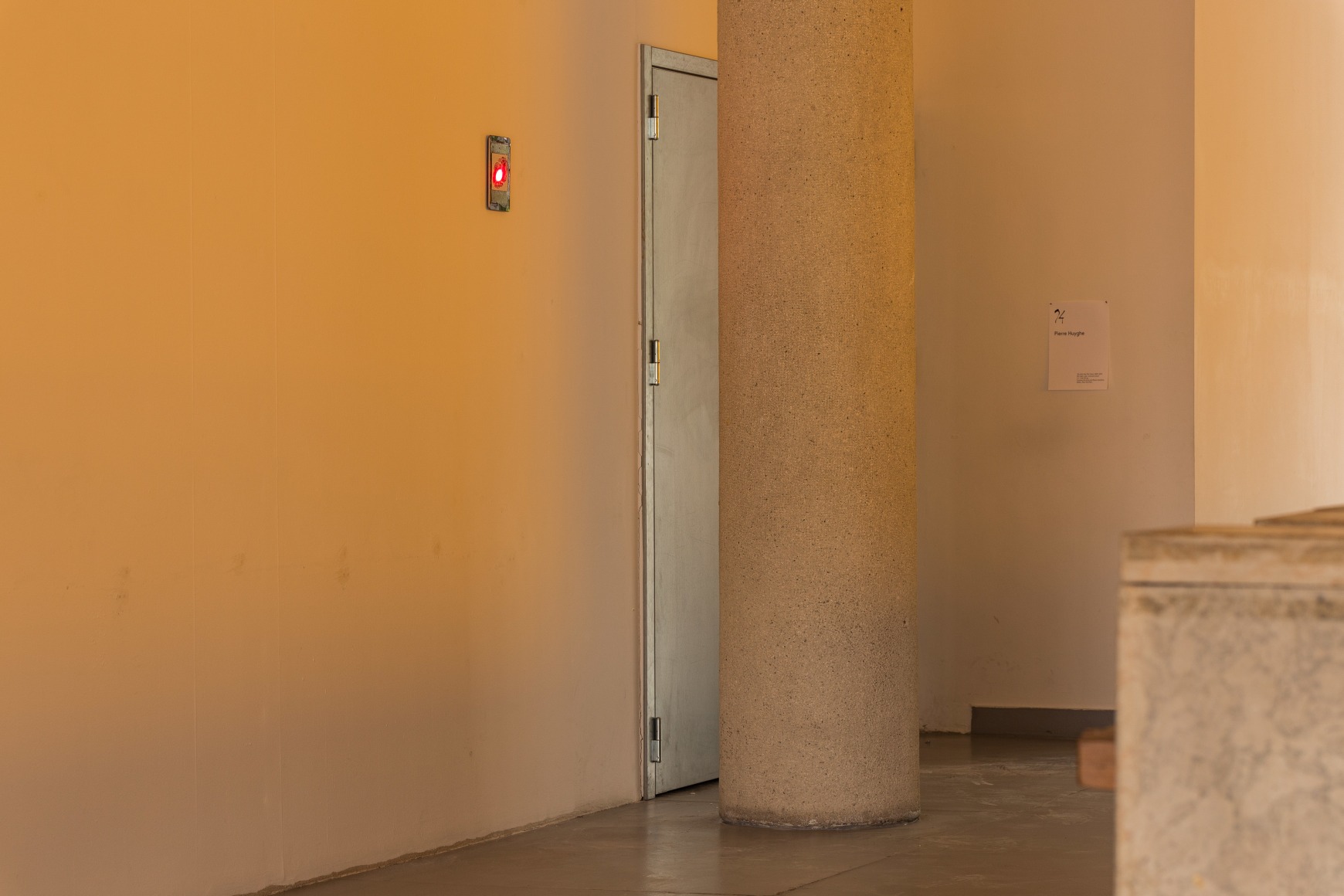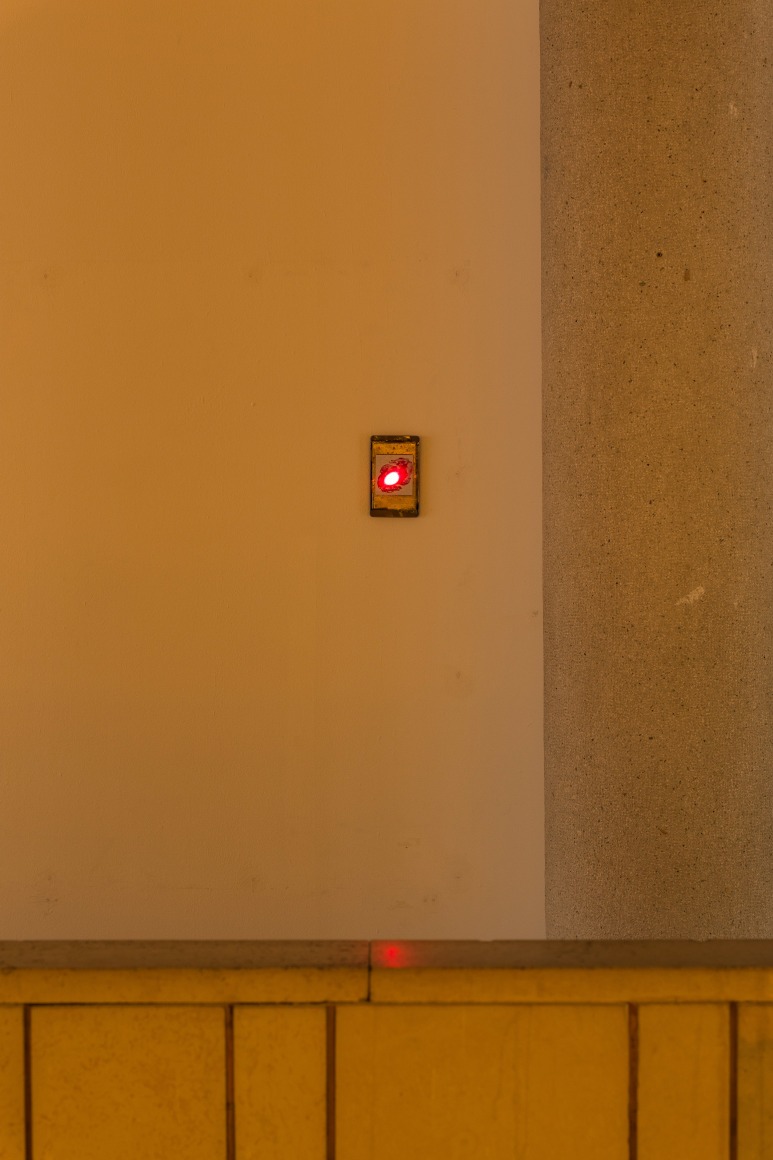The Baltic Triennial has historically taken place at the CAC Vilnius only. For its 13th edition, it will – for the first time – be organised by and happen in Lithuania, Estonia (opening on June 29th) and Latvia (opening on September 21st), where the Triennial will take the form of three different chapters and include different artists. The Triennial celebrates the Centennial of the restored Latvia, Lithuania and Estonia.
Baltic Triennial 13 is informed by a shared concern: what does it mean to belong at a time of fractured identities? BT13 – GIVE UP THE GHOST will unfold through and with this very question, careful not to offer a single or illustrative response. Instead, it opts for a collective vision of what is at stake: independence and dependency—and everything that lies in between—to territories, cultures, classes, histories, bodies and forms. The fluctuating notion of belonging, which can be understood to exist within the conceptual and formal framework of a relationship, allows us to think beyond identity as something fixed, self-contained and essentialised.
The exhibition in Vilnius, set within an ambitious architectural intervention designed by architect Diogo Passarinho, and which will considerably change the institution by opening it up and reconfiguring the entire space, tackles the concept of belonging by bringing together unstable territories and bodies. A large number of works have been commissioned especially for the exhibition: Anna Hulačová creates a monument in the form of a fountain; Dora Budor takes over the space surrounding the terrace and turns it into a futuristic desolate landscape inhabited by animatronic birds; Augustas Serapinas has worked with a local community to address the heritage of the nuclear industry; Sanya Kantarovsky premieres a group of new, unique works; Daiga Grantina has created a large group of sculptures; Melvin Edwards revisits one of their iconic barbed wire pieces from the 1970s; Laure Prouvost creates an immersive installation in the form of a landscape; Pakui Hardware produce new works addressing technology and human perception; Ieva Rojūtė installs two new murals; Michael E. Smith infiltrates the space with sculptures and videos; Caroline Achaintre produces large-scale new sculptures… These commissions are accompanied by loans, shown for the first time in Vilnius, of important works by: Darja Bajagić, Nina Beier, Huma Bhabha, Miriam Cahn, Jayne Cortez, Melvin Edwards, Pierre Huyghe, E’wao Kagoshima, Ella Kruglyanskaya, Katja Novitskova, Max Hooper Schneider, Anu Põder and Rachel Rose. Drawings, paintings, installations, videos, music, texts, performances form a polyphony addressing the multiple artistic strategies of our time.
(Source)





